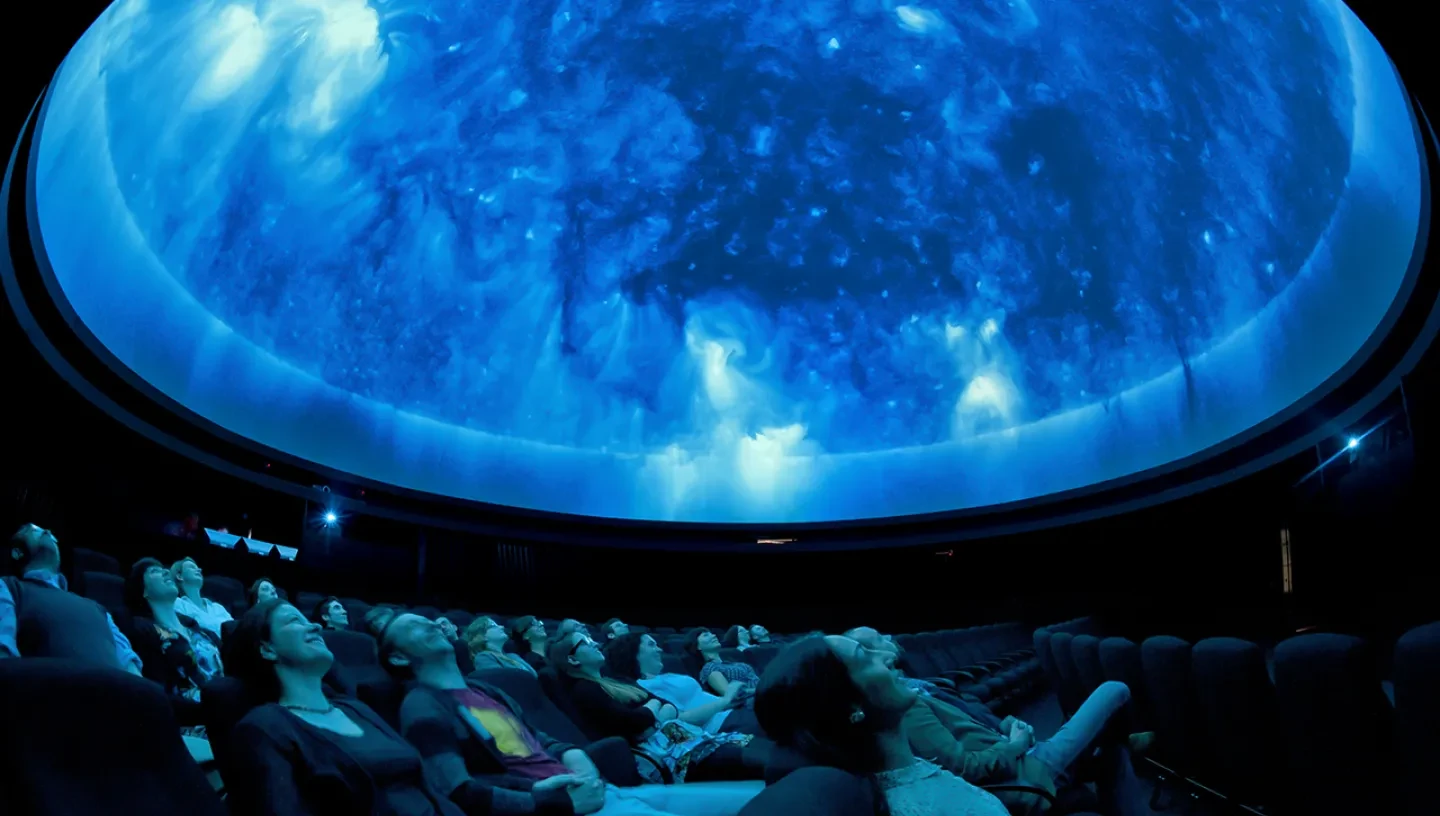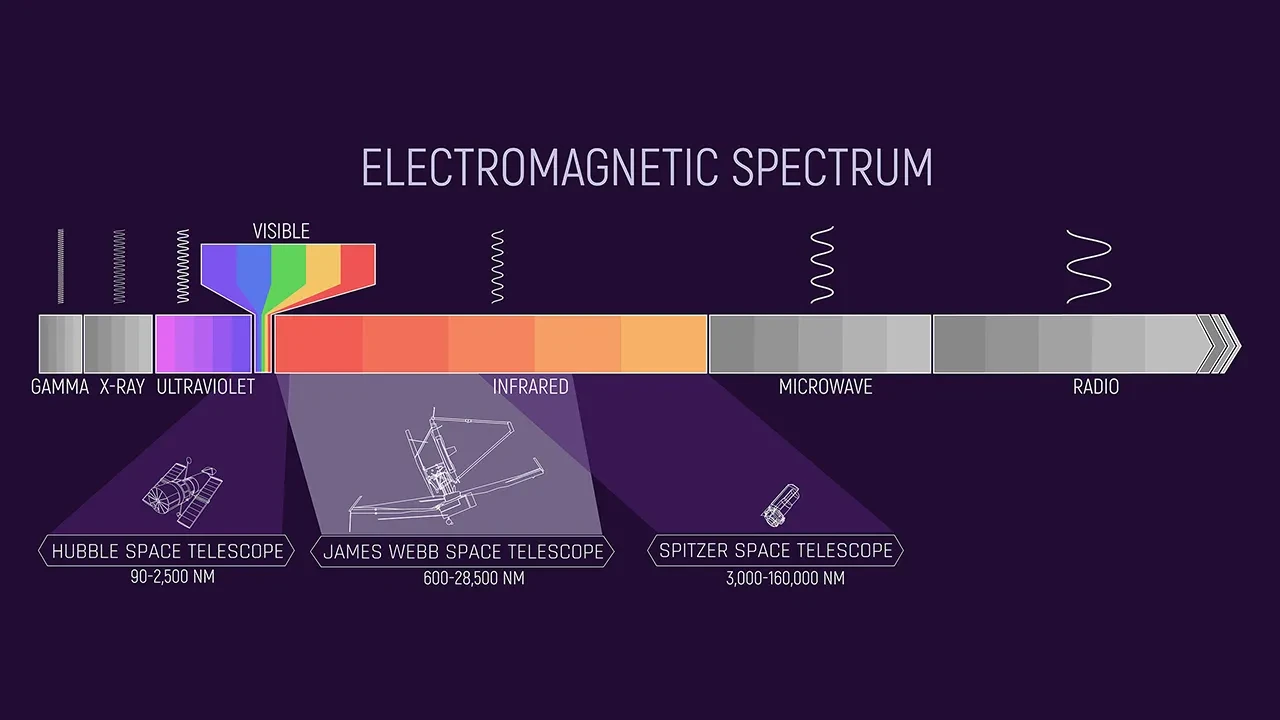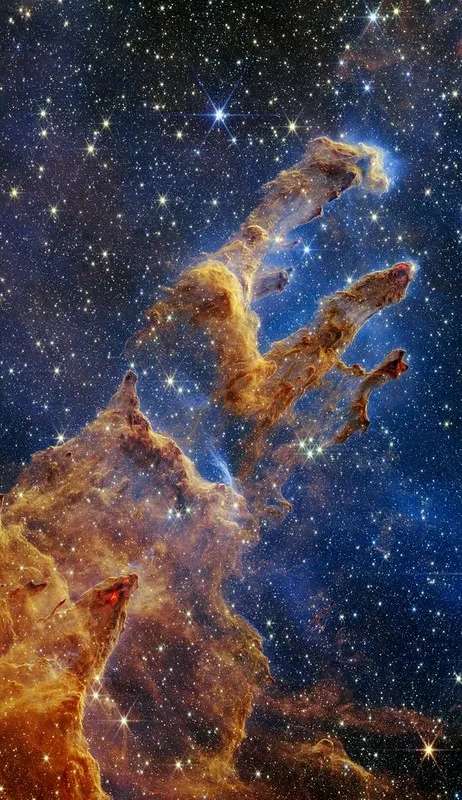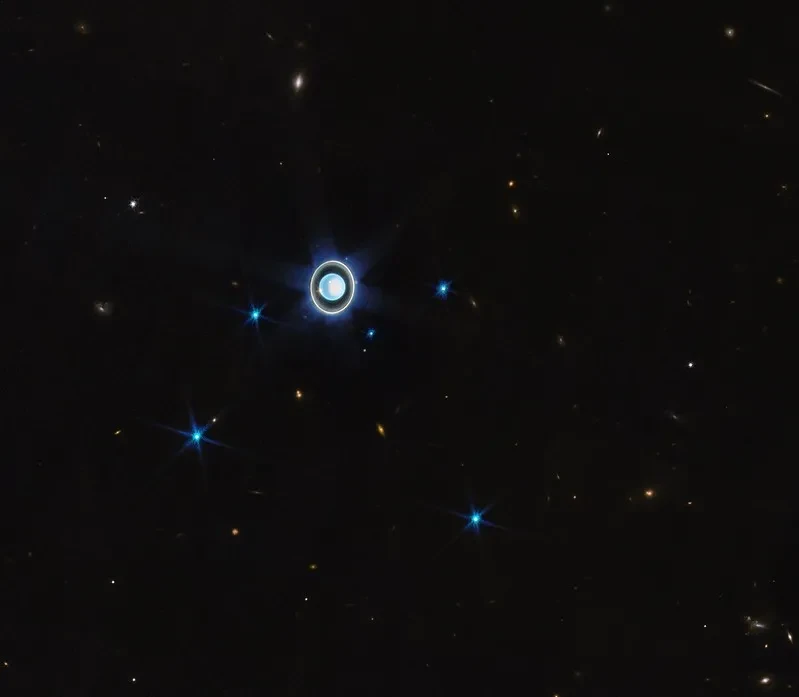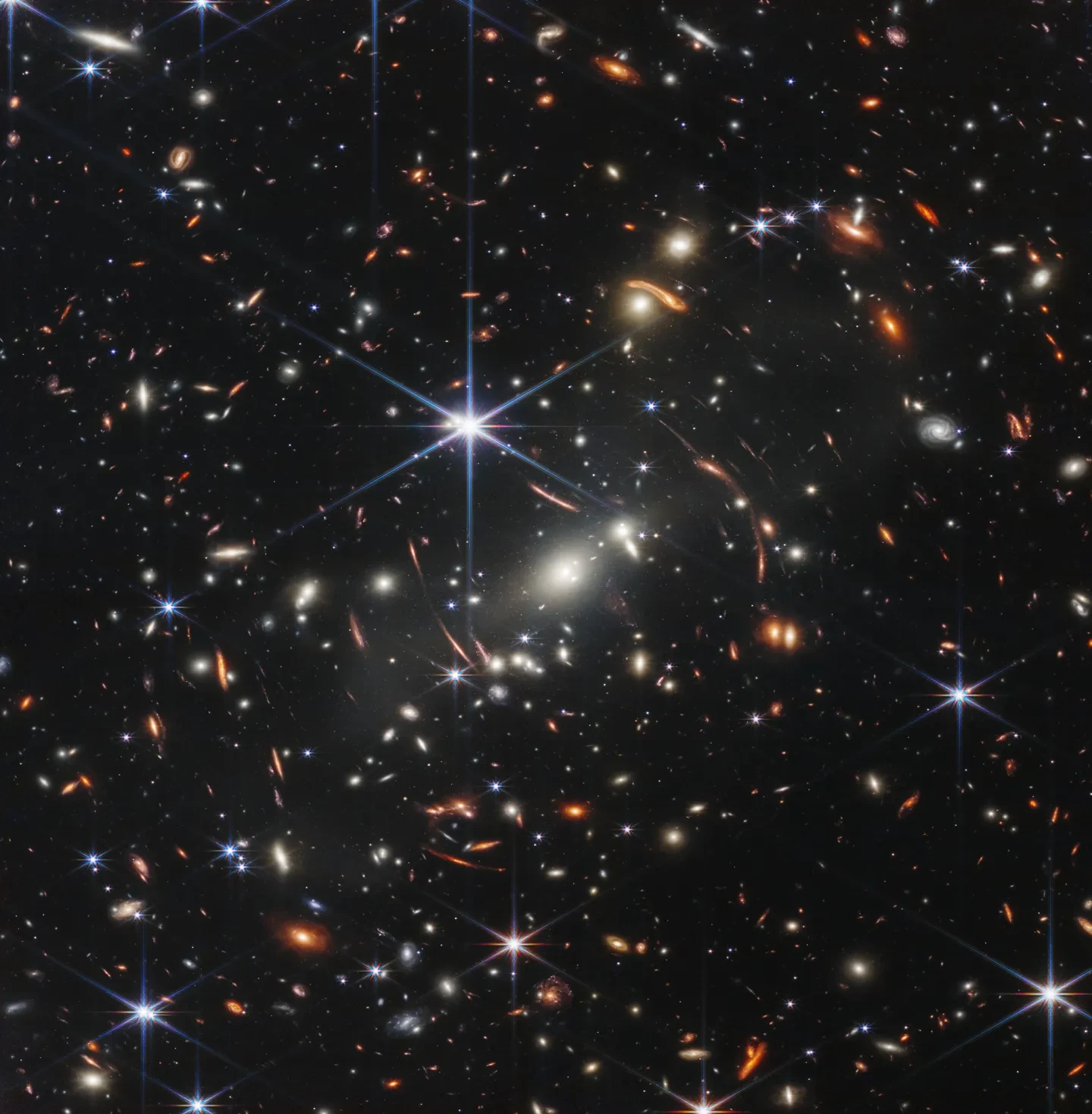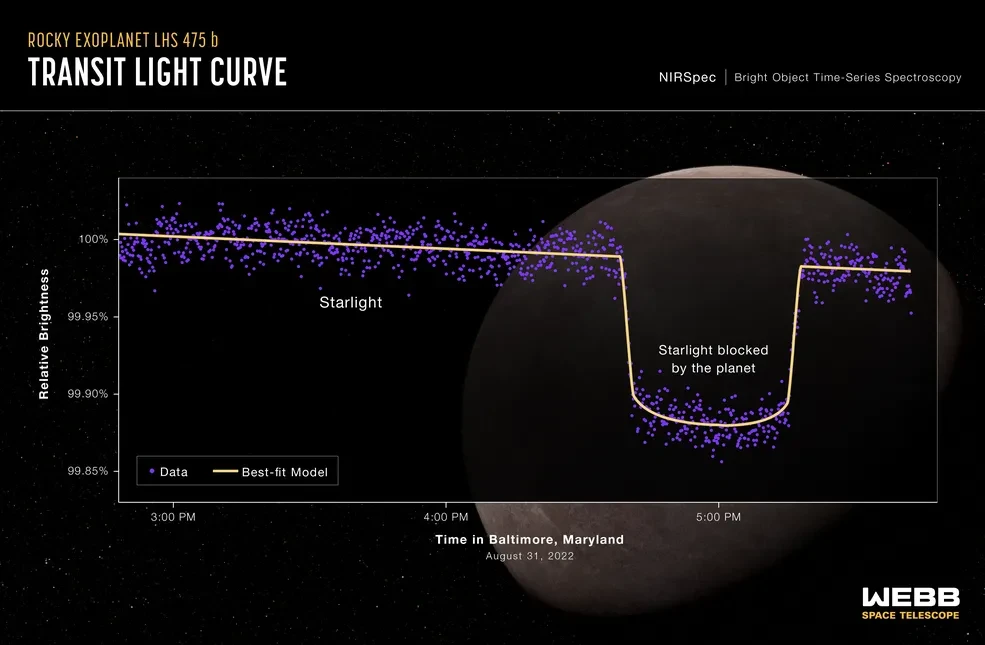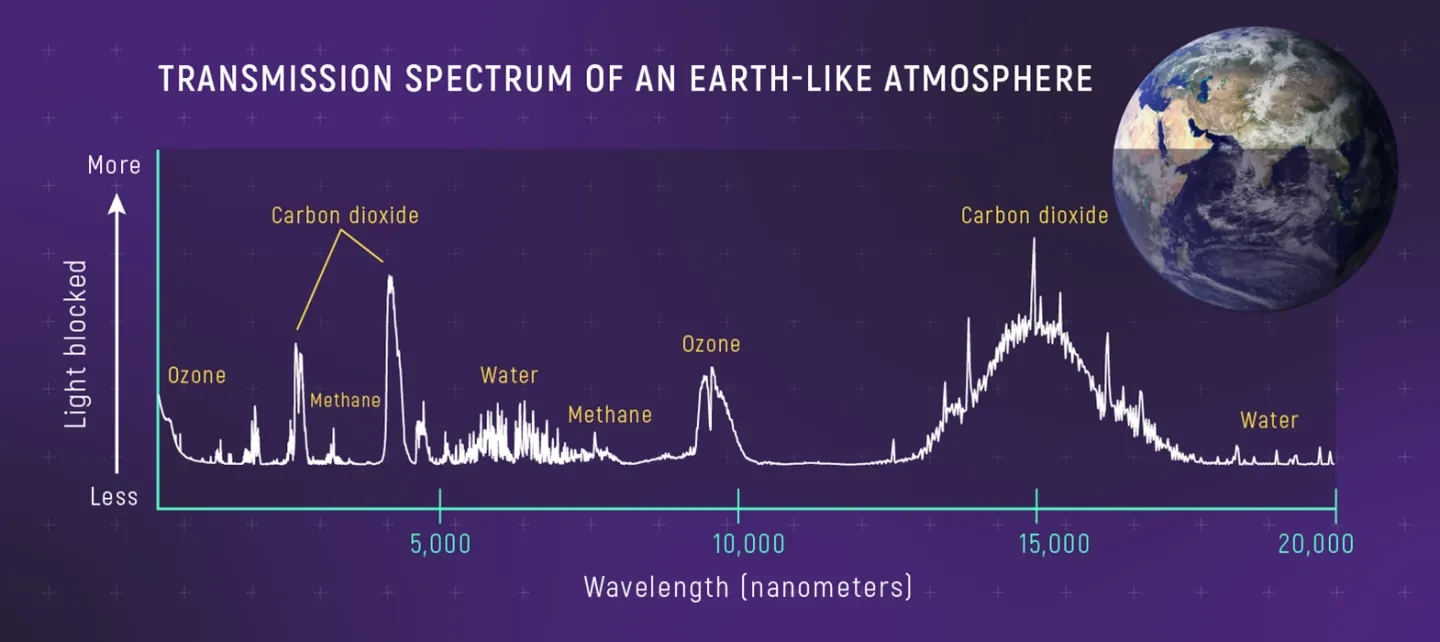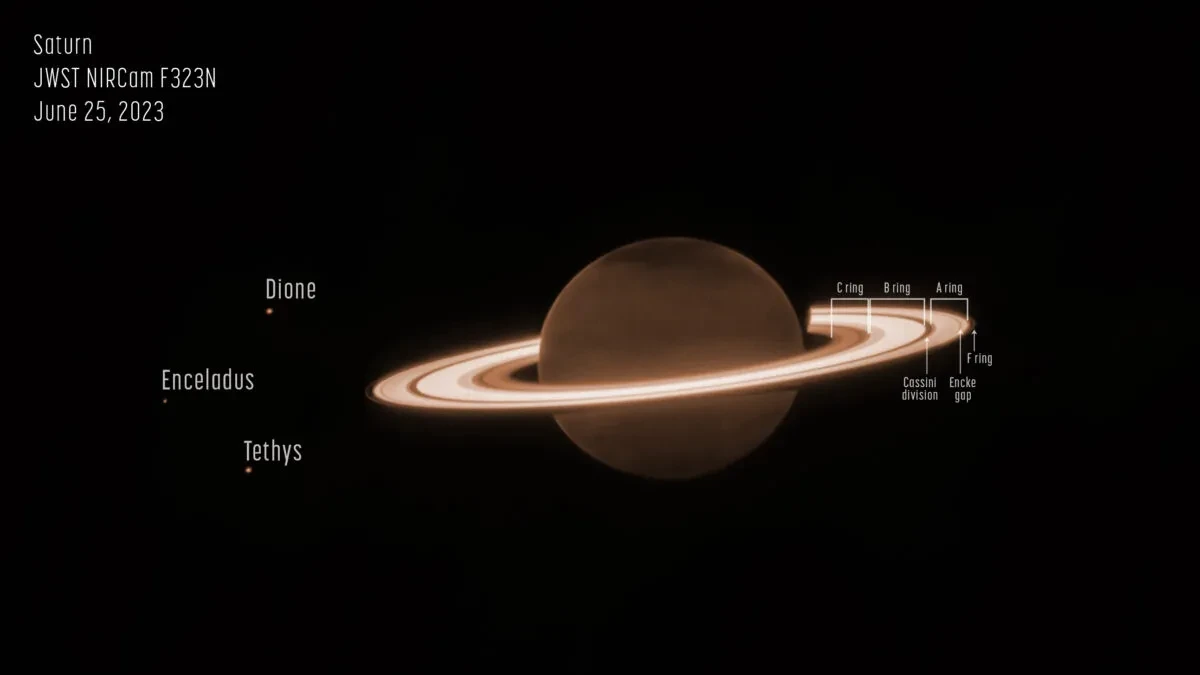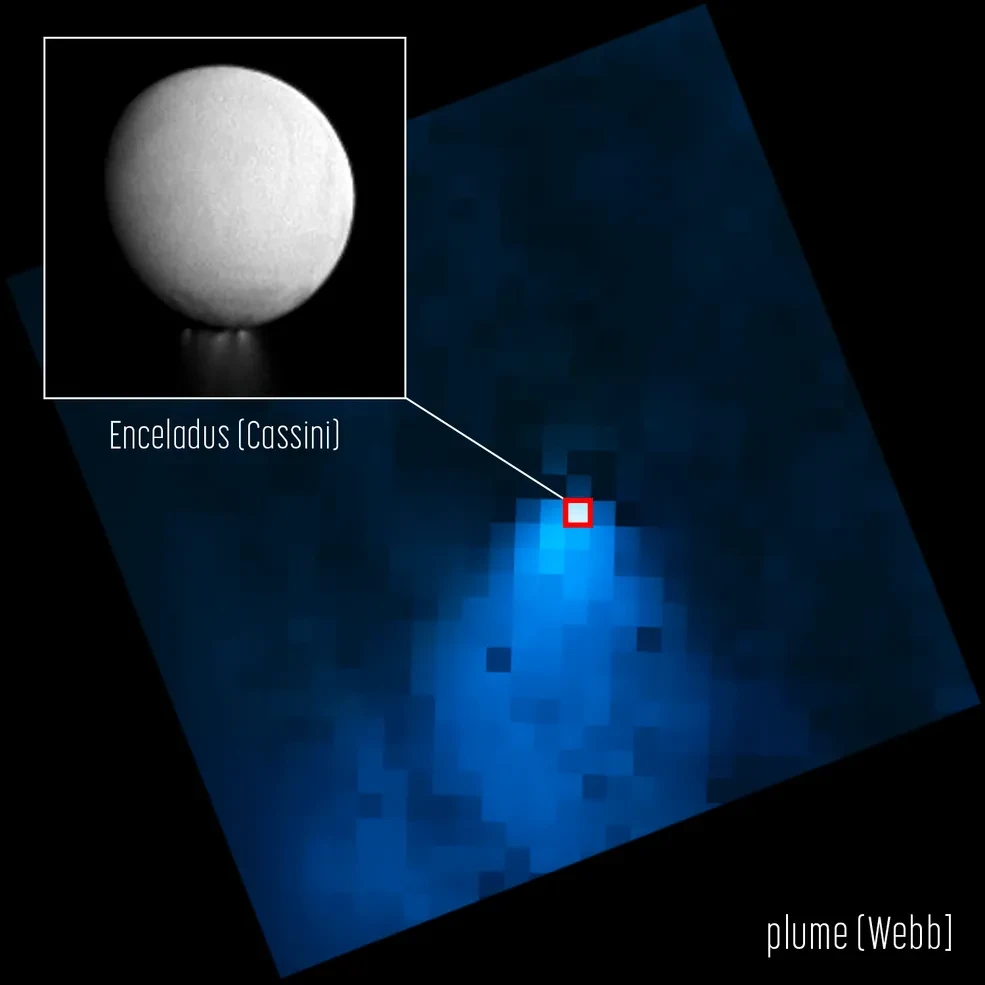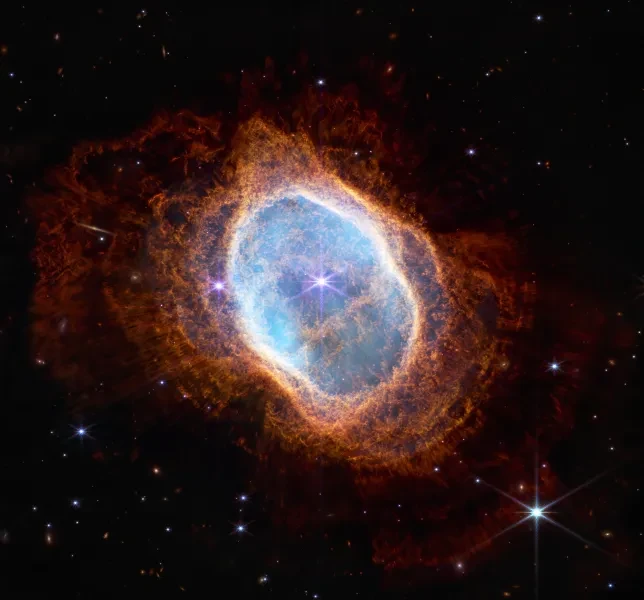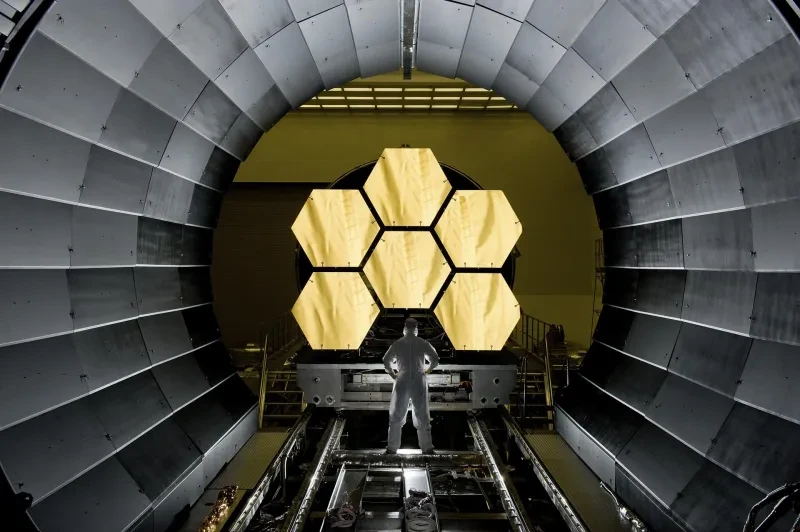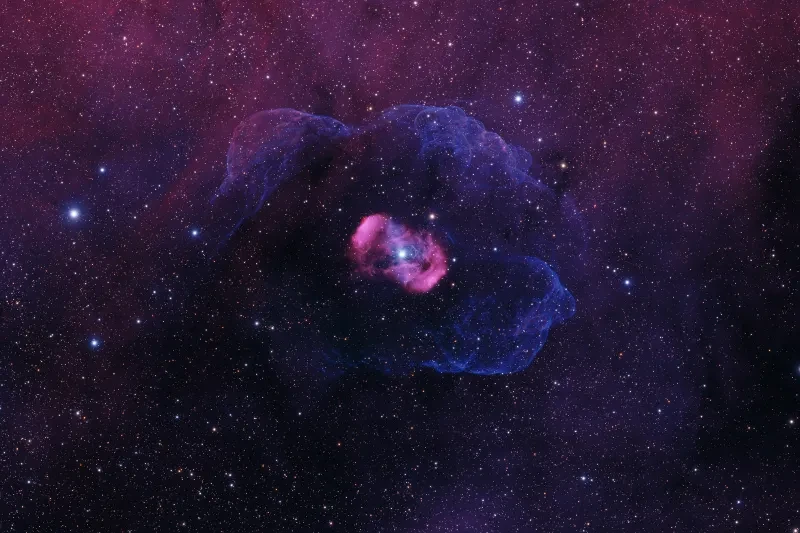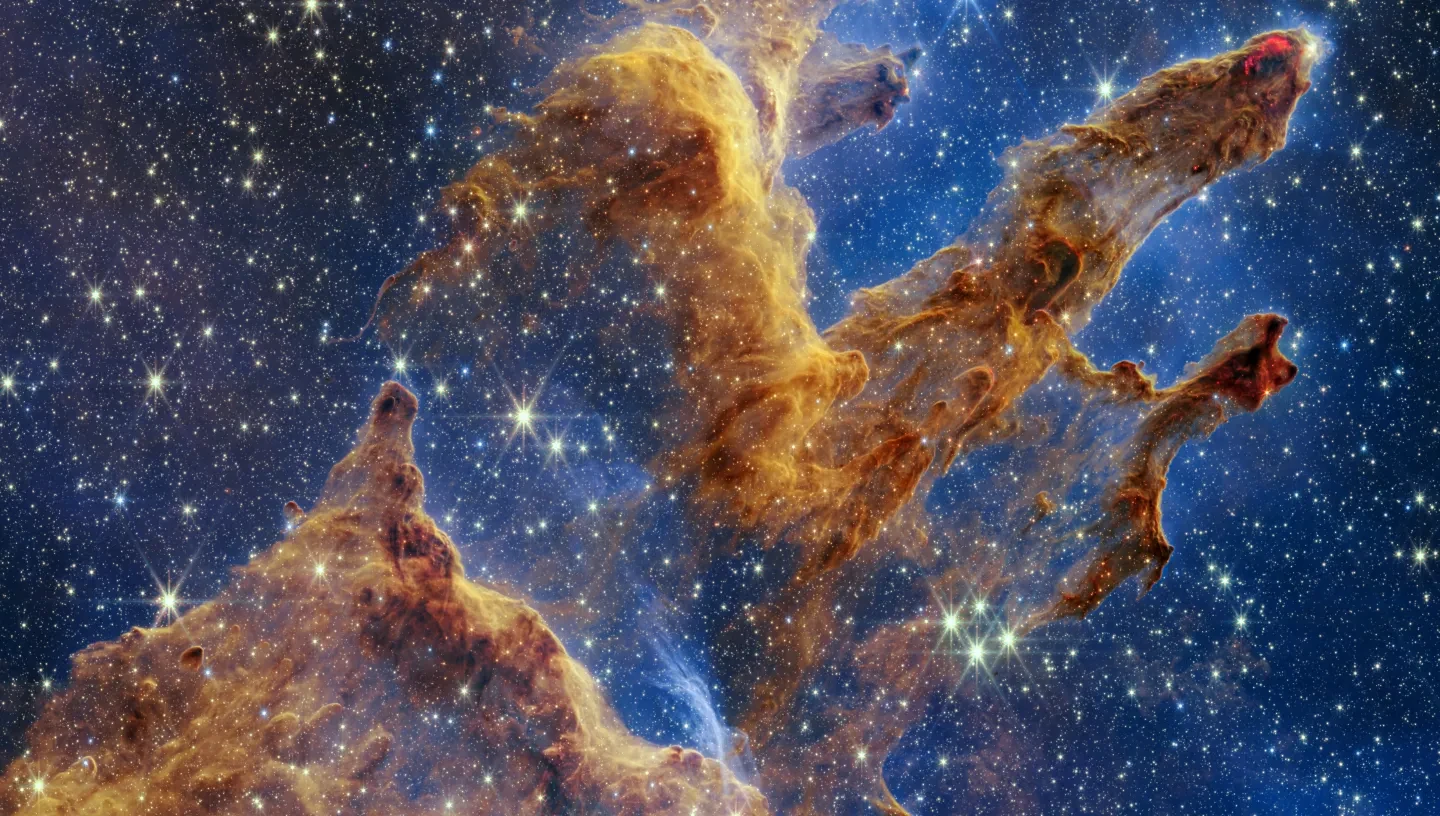
On 12 July 2022, the first images from the James Webb Space Telescope (JWST) were released by NASA, to the delight of space watchers everywhere.
After 30 years in development, JWST certainly hasn't disappointed.
The space telescope’s incredible range of images and astronomical data, taken 1.5 million km from Earth, have already transformed our understanding of star formation and death, galaxies, planets, black holes, exoplanets and more.
Take a look back at JWST’s first year of images, and explore what they tell us about the Universe.
By Julienne Hisole, Assistant Planetarium Astronomer at Royal Observatory Greenwich
Background to the telescope
The electromagnetic spectrum is composed of different types of light, which all have different wavelengths. Visible light, or the light that we can see with our eyes, is just a small part of the broader spectrum.
The James Webb Space Telescope detects infrared (IR) light, a type of light that our eyes cannot see. Using infrared has many benefits: for example, we can look at things we’ve previously observed in a different way.
It also allows us to observe things we haven’t been able to see before. By using infrared, the JWST can peer through things like cloud and dust that would normally obscure our view.
Infrared also gives us an opportunity to see further into the past than ever before. This is because the ultraviolet and visible light released at the beginning of the Big Bang has stretched to longer wavelengths over time due to the expansion of the universe. Today that light reaches us as infrared light.
This process is called ‘redshift’. We can use redshift to estimate the age of objects, helping us to answer questions like what happened at the beginning of the Big Bang and how the universe came to be.
We are still a long way away from answering those big existential questions. However, even in its first year JWST has led to some intriguing discoveries thanks to the images it has been able to capture.
Looking through dust at the Pillars of Creation
Back in October 2022, the James Webb Space Telescope took a stunning image of the Pillars of Creation in near-infrared view.
The Pillars of Creation are part of the Eagle Nebula, a cloud of gas and dust which has lots of ‘stellar nurseries’: areas packed with ionized or active hydrogen.
In dense enough areas this gas and dust will combine to form clumps and create protostars. Protostars are young cores which continue to pull in mass until they become hot and ignite, forming the stars we see in the night sky.
Using JWST, we have been able to peer through the dust obscuring our view and see the large number of protostars being formed.
JWST’s image shows stars still in the process of being formed: young stars shoot out jets which interact with the cloud, creating the wavy textures you can see in the image.
Being able to see through cosmic dust like this has helped astronomers understand the processes of star formation in more detail.
Using the slider below, you can see the difference between how much JWST and Hubble are able to see, in this comparison of images taken by Hubble in 2014 and JWST in 2022.
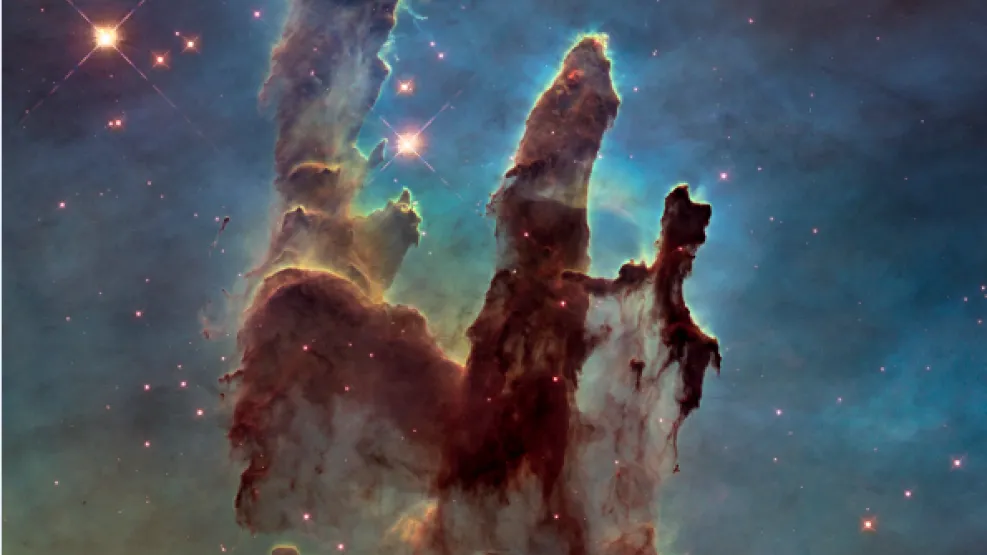
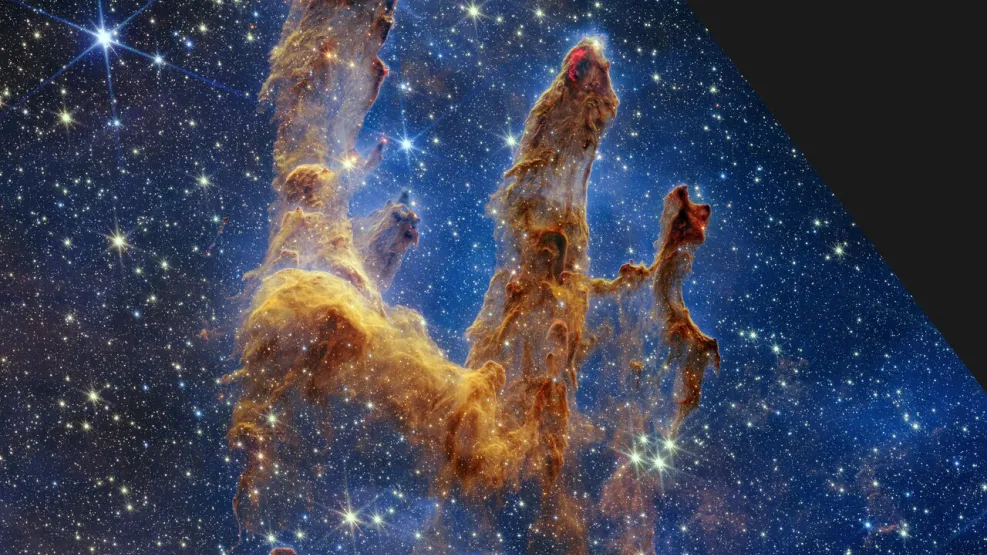
Examining Uranus' rings
Viewing Uranus has proven to be quite dull in the past. Previous observations have shown a clean, featureless atmosphere in visible light. However, JWST has shown us much more.
JWST’s image highlights 11 of Uranus’ 13 rings, which are normally faint in visible light but are prominent in infrared. We can also see just how active the planet’s atmosphere is, with the cloud above its surface highlighting probable storm activity.
In the span of a year, Uranus was also viewed by Hubble, XMM-Newton (led by the Royal Observatory’s very own Dr Affelia Wibisono!), and the Keck Observatory in Hawaii.
Together the four telescopes observed Uranus in x-ray, ultraviolet light and infrared light – something that’s never been done before for this distant planet.
Being able to use JWST alongside other telescopes like this gives us a deeper understanding of the planet’s atmosphere and chemical composition.
James Webb Space Telescope's first deep field view
This was one of the first images released by the telescope back in July 2022, but it is still one of the most spectacular.
If you held a grain of sand up to the sky at arm's length, that tiny speck would be the size of JWST’s view in this image. Within this tiny patch however, over 25,000 galaxies and stellar clusters can be seen.
The image focuses on the galaxy cluster SMACS 0723, visible as the white cluster at the centre of the photograph, which is around 4 billion light years from Earth. The majority of the galaxies in the image are even further away than SMACS 0723.
What’s interesting is how the galaxies appear to curve around the centre of the image. This is an effect called ‘gravitational lensing’, where the path of light bends due to the gravitational field of the massive galaxy cluster, brightening the distant galaxies and bringing them more into focus.
Detecting exoplanets
The James Webb Space Telescope doesn’t just take pretty pictures – it can also be used to detect exoplanets (planets outside of our solar system)!
There are various ways to detect exoplanets, but one way is to use the ‘transit method’.
As a planet orbits around a star, it blocks out some of the light from its parent star as it passes in front of it. If the light from a star is blocked repeatedly, astronomers can tell that there is probably a planet orbiting around it.
JWST’s first exoplanet was confirmed in January 2023 thanks to this method, and was observed to be a rocky planet almost the same size as Earth.
JWST is also able to determine whether an exoplanet has an atmosphere or not. We do this by looking at the spectrum of a star, then we look at the spectrum of that same star when a planet is in front of it. When light travels through a planet’s atmosphere, some of the light gets absorbed, depending on the elements or molecules that make up that atmosphere, and will appear as dips in the spectrum.
We can then see what wavelengths of light are being absorbed to determine what elements or molecules form the planet’s atmosphere.
This will help us to understand other planets outside of our solar system, and whether any of them have conditions that could support life.
Another view of Saturn
In June 2023 JWST scored yet another brilliant image of a planet, capturing Saturn, its rings, and three of its many, many moons.
The planet itself appears dark due to the methane gas in its atmosphere absorbing sunlight. However its rings, made of water ice and rock, are clear as they reflect infrared. This highlights the structures of the immense rings around the planet.
Three of Saturn’s moons – Dione, Enceladus and Tethys – have been captured as bright dots in this image. However, Saturn may actually have up to 146 moons (that we know of – some we probably haven’t even discovered yet!)
Astronomers are hoping to discover more rings and moons of Saturn, and delve deeper into the composition of these natural satellites, as some might have conditions that could harbour life.
In May 2023, JWST detected exactly this on one of Saturn’s moons Enceladus, finding a plume containing water vapour. The plume spanned 6,000 miles, and was the first time such a water emission had been seen from so far away.
What’s next for the James Webb Space Telescope?
In just one year, JWST has given us a multitude of opportunities to discover more about the universe we live in.
In the coming years, it will aid us in learning more about those fascinating interstellar worlds, but it will also deepen understanding of our own solar system.
On a galactic scale, JWST will be able to look into the distant past and take us one step closer to understanding the origins of the Universe.
